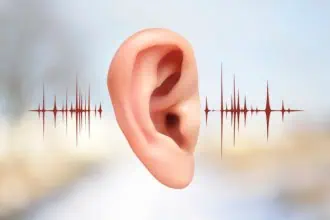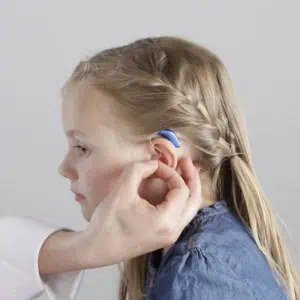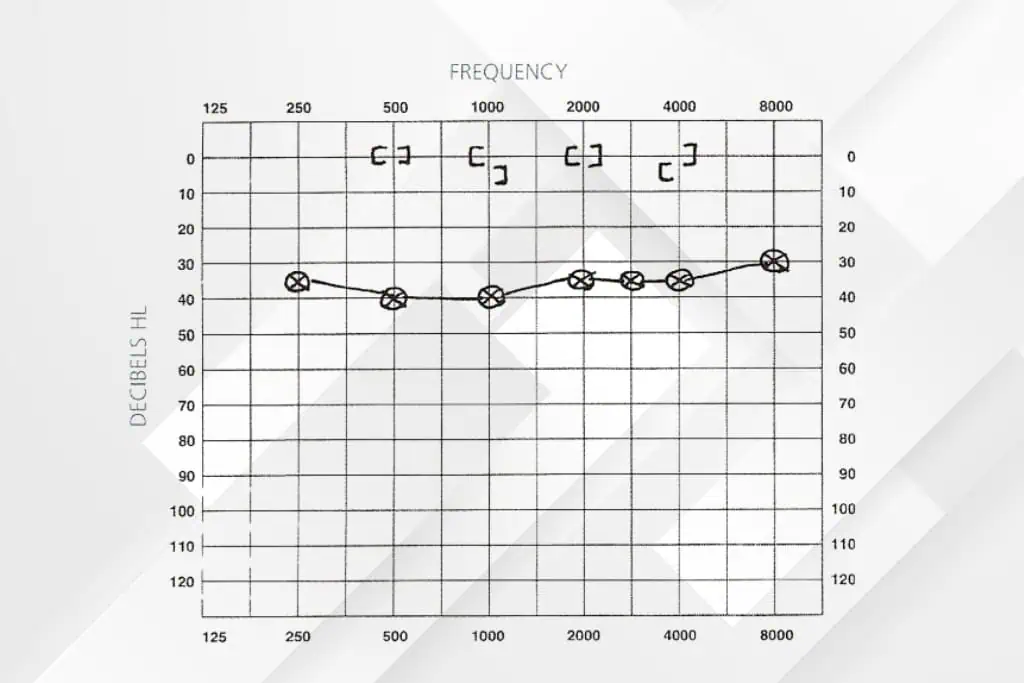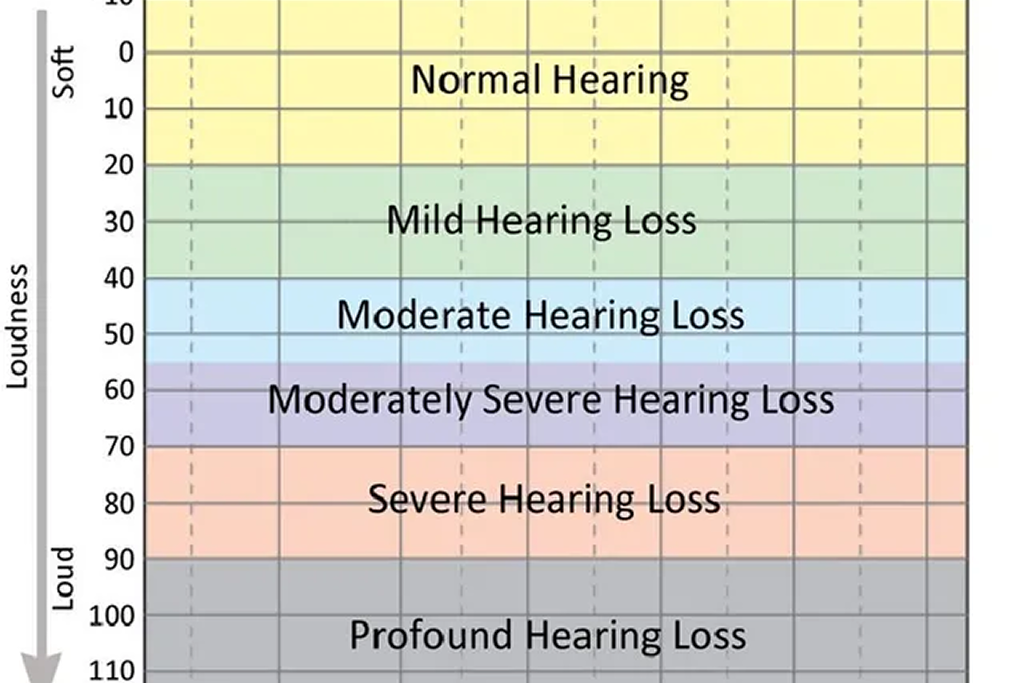What is Conductive Hearing Loss?



Conductive Hearing Loss meaning refers to a hearing impairment that happens due to a blockage or damage in the outer or middle ear, preventing sound from passing efficiently to the inner ear. It can be temporary or permanent, depending on the underlying cause.
This type of hearing loss can occur in one ear or both, and it ranges from mild conductive hearing loss to moderate conductive hearing loss, or even bilateral conductive hearing loss if both ears are affected.



.png)
.webp)





